Jessica Keating delivers fourth “Saturdays with the Saints” lecture on Maximilian Kolbe
“The Saint of Auschwitz” Maximilian Kolbe shone as a manifestation of God’s mercy amidst inhuman brutality. Jessica Keating, Director of the Office of Human Dignity and Life Initiatives, chose him as the subject of her recent Saturday with the Saints lecture in held Geddes Hall.
Quoting Pope Saint John Paul II, Keating described Auschwitz, the infamous Nazi concentration camp, as “the Golgotha of the modern world,” repeatedly emphasizing how the camp’s guards stripped the prisoners of all of their dignity. “Built for the negation of faith,” the concentration camps embodied hatred. As one prisoner remarked, “How I hate them all. They have taught me how to hate.”
Having vividly portrayed the cruelty of the concentration camps, Keating then introduced the story of one of the camp’s most famous residents, St. Maximilian Kolbe, who was a man of faith and love and “a sign of mercy in a place where mercilessness hung like a thick fog.”
He was born Raymund Kolbe on January 8, 1894, in Poland under the reign of Czar Nicholas II. Keating recounted the story of Kolbe’s childhood vision of Mary, in which the Blessed Mother presented him with two crowns. One crown was red, representing martyrdom, while the other one was white, representing celibacy. He ultimately accepted both crowns in his life. Keating compared his acceptance of these two crowns to Mary’s fiat when the angel Gabriel announced that she would bear the Messiah.
In 1907, Kolbe and his older brother, Francis, snuck into Austria to study at the Franciscan minor seminary there. Though the siblings entered religious life together, Francis eventually left to join the Polish fight for independence. Kolbe, on the other hand, devoted his life to the Franciscan Order.
Throughout his life, Kolbe strove to bring the light of faith to all people. He, along with six other Franciscans, founded the Militia of the Immaculata to “ignite hearts with love for [the Blessed Mother].” In his spiritual writings and teachings, he focused especially on the Immaculate Conception. According to Keating, “his life, suffering, and death were, so to speak, a meditation on the mystery of faith hidden in the title ‘The Immaculate Conception.’”
On February 17, 1941, the German Gestapo arrested Kolbe and, after briefly keeping him in prison, sent him to Auschwitz. He continued to hold firm to his faith amid the horror of the concentration camp. Keating said that through him, “mercy had snuck into Auschwitz.” He heard confessions, encouraged his fellow prisoners on their journey of faith, and even inspired others to pray for the salvation of the guards of the camp.
Keating concluded with the story of the death of this “martyr of love.” Three prisoners escaped from the camp, causing the guards to chose ten men to be starved to death. When Kolbe heard one of the chosen men cry “My wife! My children!” he volunteered himself in his place. Surprisingly, the guard allowed the priest to replace the man. In the starvation chamber, Kolbe led the other men in prayer while slowly starving to death. He died on August 14, 1941.
Sophomore Mackenzie Kraker told the Rover, “St. Max is a beautiful witness to being an instrument of the Immaculata and inspires us to die to ourselves so we can conform more fully to Christ. As a member of the Militia here, it is an inspiration to evangelize and bring the whole world to Jesus through Mary.”
The next Saturdays with the Saints lecture will be given by Professor Lawrence S. Cunningham on Blessed Frédéric Ozanam, founder of the Society of St. Vincent de Paul, on October 29.
Ben Sutter is a freshman majoring in theology and minoring in Spanish. Currently living in Sorin College, he attended every finals game in Cleveland and looks forward to the Indians bringing home another championship for Northeastern Ohio. If you have World Series tickets, contact him at bsutter@nd.edu.
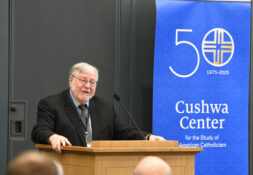
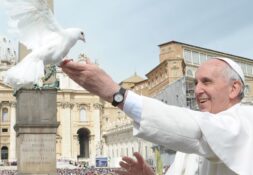
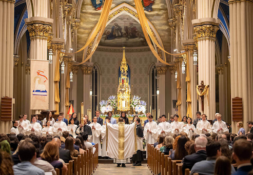
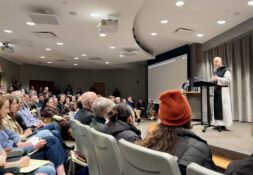
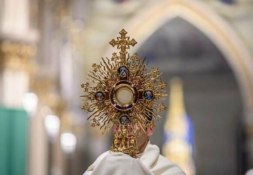

Leave a Reply